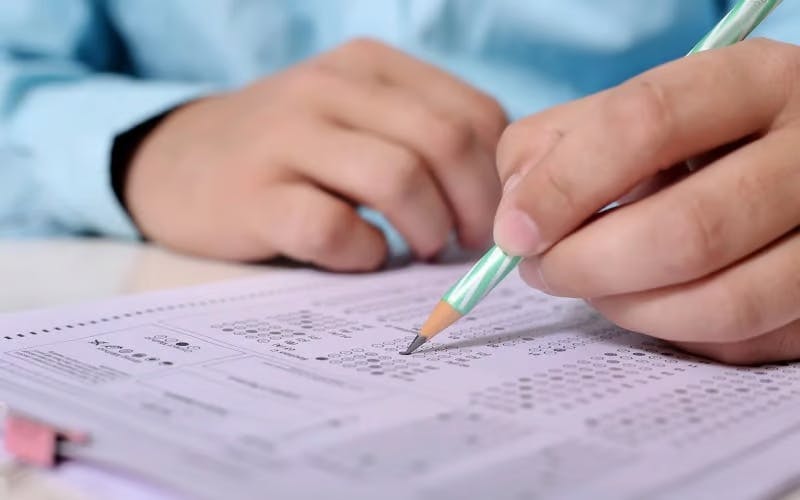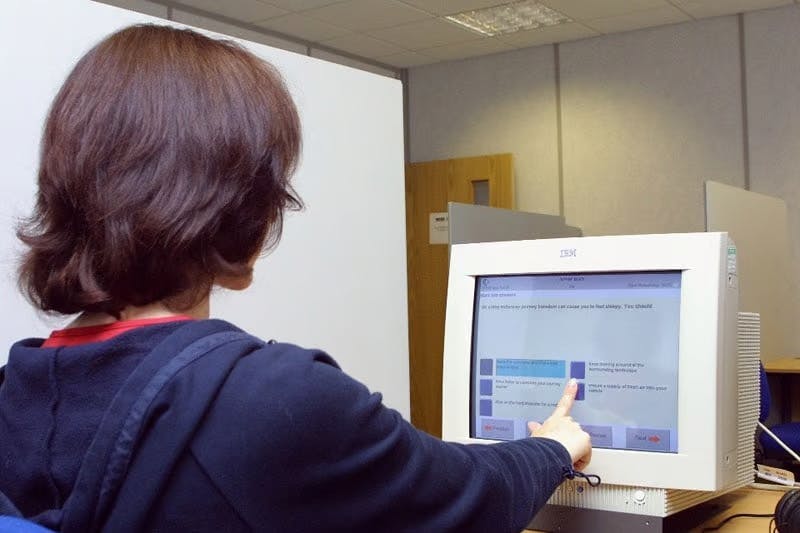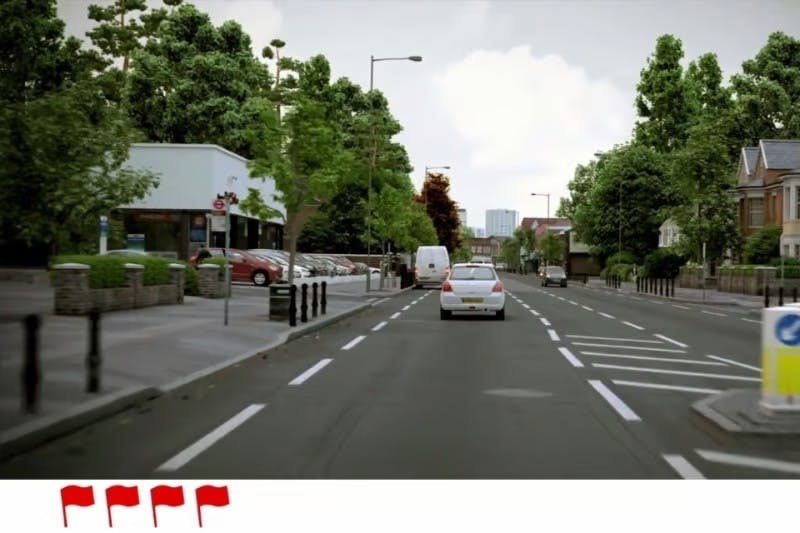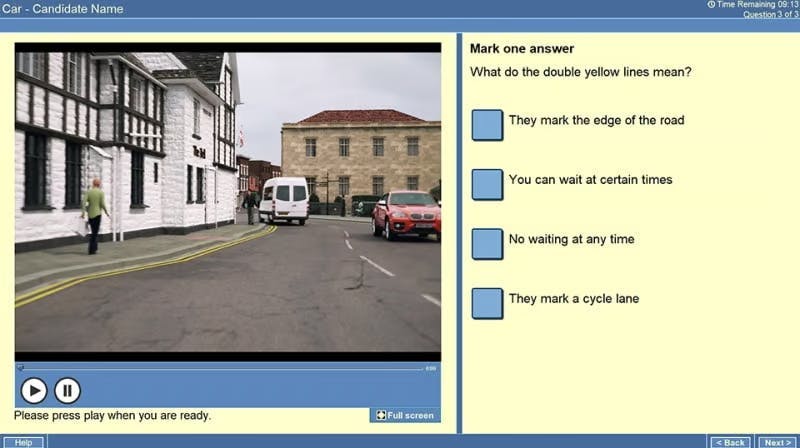To get your full UK driving licence, there are two tests you'll need to pass. The most notorious of the two is the practical test, which sees learners put through their paces on the roads over the course of around 40 minutes. Equally important, however, is the theory test, which learners must pass before they're even allowed a shot at the practical.
Practical tests have been around since the 1930s, and every driver on Britain's roads will have taken one at some point. The theory test, however, is a much more recent invention, only coming into being in the 1990s. To learn about the full history of the theory test, read on!
The beginning

Until the 1990s, there were no such things as separate theory and practical tests—hopeful new drivers needed only to take one driving test. This test would play out similarly to today's practical tests, but examiners would also ask candidates questions on the Highway Code: the set of rules and guidelines that all road users must follow.
If you've ever taken the time to read the Highway Code, though, you'll be aware that the document is quite extensive, containing rules on everything from child car seats to legal blood alcohol limits. Quite simply, there isn't enough time in the practical test to properly put a candidate through their paces when it comes to theoretical knowledge—especially with so much actual driving to be done.
To address this issue, a theory test was introduced on 1 July, 1996. This was a separate written examination which all learners now had to pass, in addition to the practical, to gain their full UK driving licence.
First changes

When first introduced, taking the theory test was similar to taking a GCSE or A-level paper—candidates would sit a written examination with 35 multiple-choice questions. The pass rate was initially 26/35; after just three months (on 1 October, 1996), this was raised to 30/35.
However, by the end of the 1990s, computers, previously rare, were now ubiquitous—and it was decided that the theory test should move with the times. In 2000, the theory test became a touch-screen test, which remains the case to this day. Candidates could even book their test online from late 2001 onwards.
Technological innovations weren't the only things candidates needed to be aware of, though. First was an expansion of the theory test: at first, only car and motorcycle candidates needed to take it, but, from 1997, a theory test was introduced for LGV and PCV drivers, too. Candidates also needed to show photo ID for all theory (and practical) tests from 1 March, 1997—even though photocard driving licences were only introduced two years later!
Hazards ahead

Up to this point, the theory test had been composed entirely of multiple-choice questions. However, the shift from the page to the screen opened up new possibilities, and a major new element of the test was introduced in 2002: the hazard perception section.
The hazard perception section of the theory test is designed to examine how quickly a candidate can recognise a developing hazard. For the uninitiated, a hazard is anything that can cause you to change your direction or speed—including bringing your vehicle to a stop. Developing hazards can include anything from a pedestrian suddenly dashing across the road to an emergency vehicle approaching; they are to be contrasted with static hazards: permanent road features such as traffic lights or roundabouts.
After the 2002 change, candidates were shown a series of video clips, each of which featured at least one developing hazard. In 2015, however, these clips were replaced with realistic CGI videos, allowing for better image quality and a more diverse range of scenarios.
In both cases, the aim for learners was (and still is!) to click as soon as they saw a developing hazard. For each hazard, there is a “window” in which candidates can score points: click promptly, and you'll score 5, with later clicks scoring 4, 3, 2 or 1 points—click too late, and you'll score 0. Don't think that you can simply click as often as possible and get full marks, though—click too many times, and the system will detect suspicious behaviour and score you 0!
More questions, new formats

Not satisfied with putting candidates through their paces with the new hazard perception section, the DVSA decided that the existing multiple-choice questions weren't rigorous enough. So, in 2007, they simply added more of them, increasing the section from 35 questions to 50. The pass mark shifted accordingly; candidates now had to answer 43/50 multiple-choice questions correctly to pass (as well as getting 44/75 points on the hazard perception clips).
Two years later, the test changed once again. Up to this point, the multiple-choice section of the test had taken the form of simple pop quiz questions. In 2009, however, case studies were introduced. In the case study section, a candidate would be presented with a driving scenario, and would be posed a series of questions on how they would respond to it, following the rules set out in the Highway Code. Further case studies were added in 2011.
What's next?
From a 35-question-long paper exam to a touch-screen test incorporating CGI video clips, the theory test has come a long way since 1996. As technologies continue to evolve, we can therefore expect the theory test to change further. Interested in what's to come? Check out our predictions for the future of the theory test!
Still haven't taken your theory test, but are itching to get on the road? Book a driving course with PassMeFast and we can organise your test date for you! Call us on 0333 123 4949 or book online to get things started. Plus, check out our resources to make sure you're feeling ready in preparation for the big day.
Subscribe for driving advice, offers & more
We'd love to let you know about our courses, news and offers via email. You may unsubscribe at any time.
Star Genie Limited trading as PassMeFast. Company number 10093359
Copyright © 2024 owned by Star Genie Limited
PassMeFast, Blue Tower, MediaCityUK, Salford, M50 2ST
